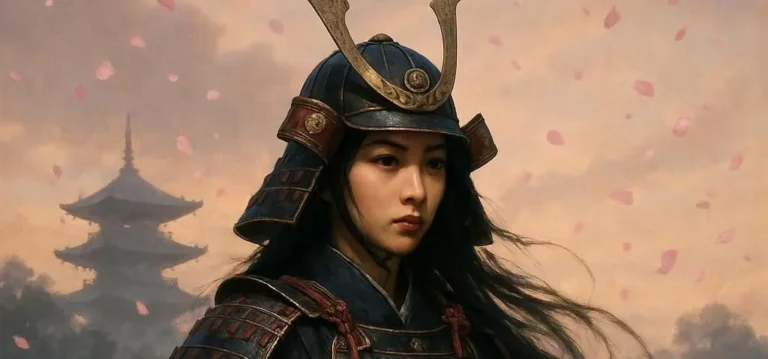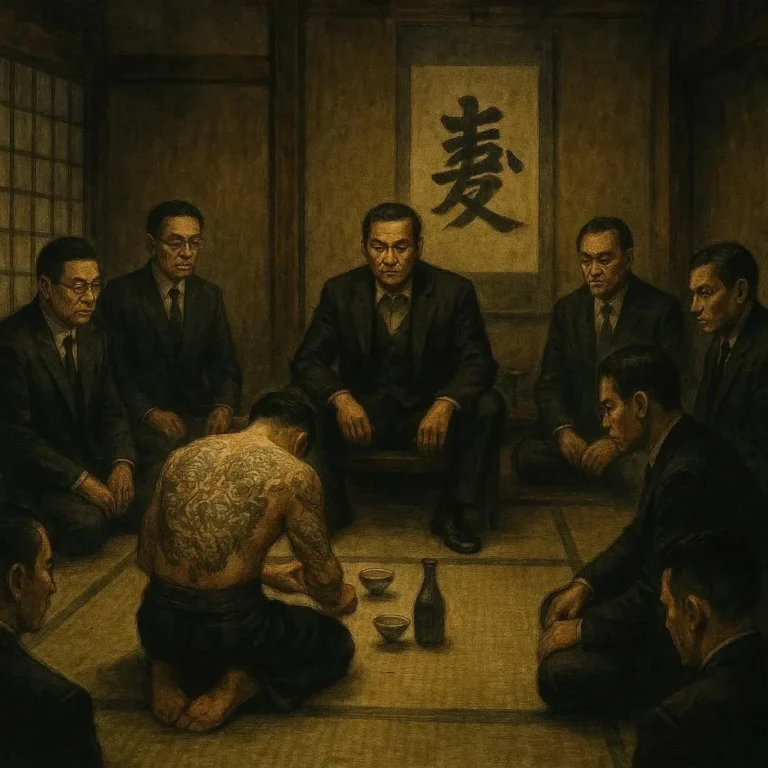512 views The Rise and Fall of Japan’s Feudal Lords
Introduction
For centuries, Japan’s history was shaped by the powerful and often enigmatic figures known as the feudal lords, or daimyō. These warrior-aristocrats ruled over vast territories, commanded armies of samurai, and wielded immense political and military power. Their influence spanned from the 12th century to the late 19th century, leaving a lasting imprint on Japan’s culture, politics, and society. This blog post delves into the rise and fall of these feudal lords, exploring their role in shaping Japan’s history and the factors that led to their eventual decline.
The Origins of Feudalism in Japan
The roots of Japan’s feudal system can be traced back to the Heian period (794–1185). During this time, the imperial court in Kyoto held nominal power, but real authority was increasingly concentrated in the hands of powerful noble families and military leaders. The Gempei War (1180–1185), fought between the Taira and Minamoto clans, marked a turning point in Japanese history. The Minamoto clan’s victory led to the establishment of the Kamakura shogunate, the first military dictatorship in Japan, and the beginning of a feudal system that would dominate the country for centuries.
The Kamakura Period (1185–1333)
The Kamakura period saw the rise of the daimyō as regional warlords. The Kamakura shogunate, established by Minamoto no Yoritomo, decentralized power and granted daimyō control over specific provinces. These daimyō were responsible for maintaining order, collecting taxes, and providing military service to the shogunate. The daimyō class solidified their position during this period, developing a complex system of alliances, obligations, and rivalries that would define feudal Japan.
The Muromachi Period (1336–1573)
The Muromachi period began with the Ashikaga shogunate, which was founded by Ashikaga Takauji after the fall of the Kamakura shogunate. During this time, the daimyō gained even greater autonomy, often acting as virtual rulers of their domains. The period saw a cultural flowering, particularly in the arts and architecture, but it was also marked by political instability and the rise of powerful daimyō families such as the Hosokawa, Imagawa, and Ōuchi.
The Sengoku Period (1467–1603)
The Sengoku period, or the “Warring States” period, was a time of constant warfare and upheaval. Daimyō vied for power, and the central authority of the shogunate was largely ineffective. This period saw the rise of legendary figures such as Oda Nobunaga, Toyotomi Hideyoshi, and Tokugawa Ieyasu, who would play key roles in unifying Japan and bringing an end to the Sengoku period. The daimyō system reached its peak during this time, with powerful warlords commanding vast armies and engaging in campaigns that shaped the course of Japanese history.
The Edo Period (1603–1868)
The Edo period marked the beginning of the Tokugawa shogunate, established by Tokugawa Ieyasu. The daimyō continued to play a significant role in society, but their power was now firmly subordinated to the central authority of the shogunate. The Tokugawa regime enforced a rigid class system, with the daimyō at the top of the social hierarchy. However, the period was also marked by increased centralization and the decline of the daimyō’s independence. The sankin-kōtai system, which required daimyō to maintain a presence in Edo (modern-day Tokyo) and contribute to the shogunate’s military and administrative needs, further eroded their power.
The Meiji Restoration (1868)
The Meiji Restoration marked the end of the Tokugawa shogunate and the feudal system in Japan. The restoration was a revolution that sought to modernize Japan and bring an end to centuries of isolation. The daimyō class was abolished, and a centralized, modern state was established. Many daimyō were forced to adapt to a new political and social order, with some gaining positions in the new Meiji government, while others faded into obscurity.
The Legacy of the Daimyō
The daimyō played a central role in shaping Japan’s history, culture, and identity. Their influence can still be seen in Japan’s architecture, art, literature, and traditions. The samurai code of honor, or bushido, which emphasized loyalty, discipline, and courage, was central to the daimyō’s ethos and continues to resonate in Japanese culture today. However, the daimyō system was also marked by inequality, violence, and political instability, which ultimately contributed to its decline.
Conclusion
The rise and fall of Japan’s feudal lords is a fascinating chapter in world history, offering insights into the complexities of power, loyalty, and societal change. From their origins in the 12th century to their decline in the 19th century, the daimyō shaped the course of Japanese history, leaving a legacy that continues to be felt today. As Japan continues to evolve in the modern world, the story of the daimyō serves as a reminder of the enduring influence of the past on the present.
If you enjoyed this blog post, please share your thoughts in the comments section below. For more articles on Japanese history and culture, be sure to explore our other posts and subscribe to our newsletter for updates on upcoming content.






